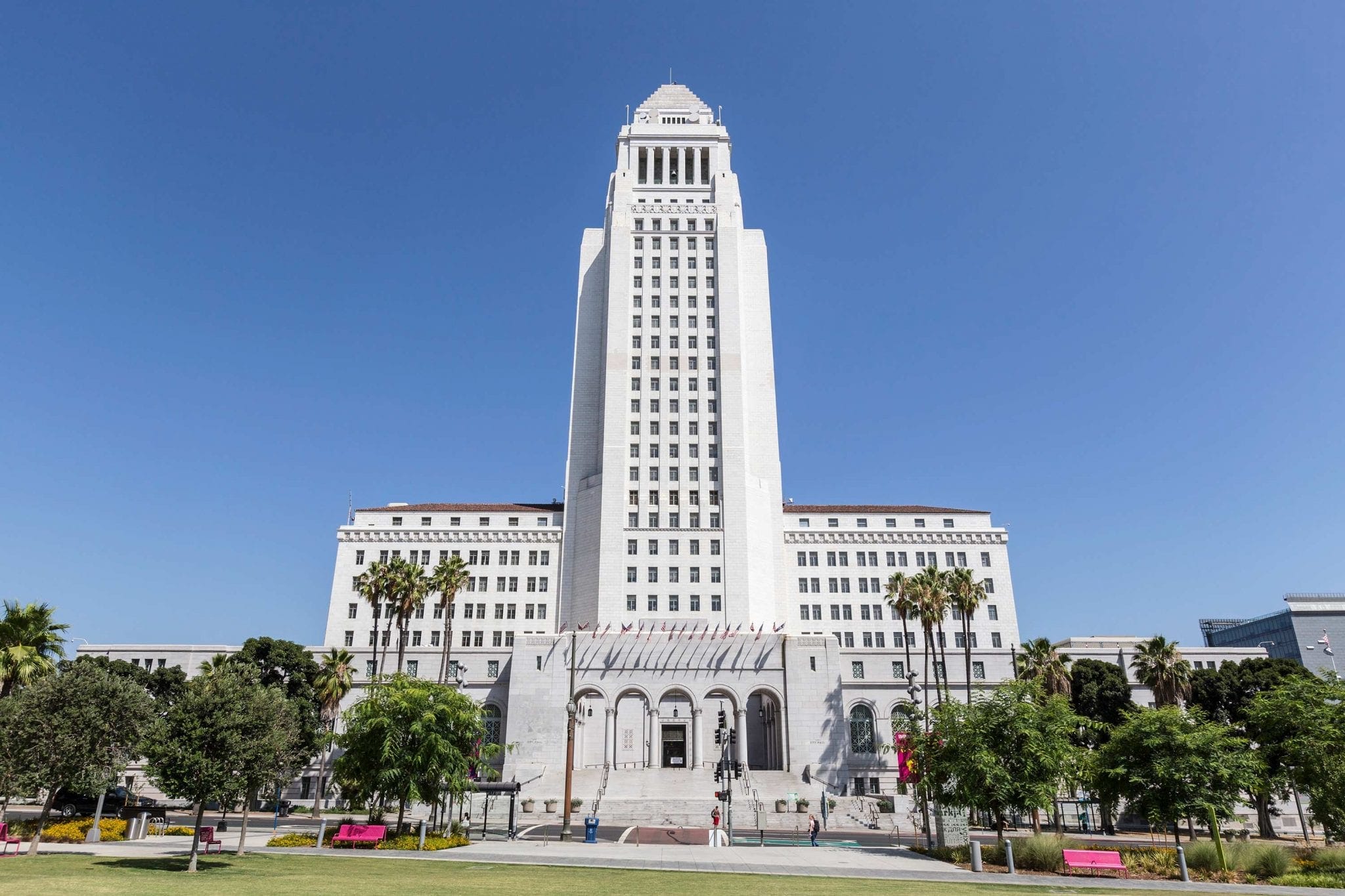In recent years, the political landscape in the United States has undergone significant shifts, leading to a growing sense of uncertainty among traditional party affiliations. Within this context, the Democratic Party is facing a unique challenge: an increasing number of its members are questioning whether the party’s brand has become toxic and if pursuing an independent path might yield better electoral outcomes. This contemplation is not merely a reflection of personal frustration but also an acknowledgment of changing voter preferences and the evolving dynamics of American politics.
The Democratic Party has long been associated with progressive values, social justice, and inclusivity. However, recent electoral cycles have revealed a disconnect between the party’s messaging and the sentiments of a substantial segment of the electorate. Many voters, particularly in swing states and rural areas, have expressed feelings of alienation from the party’s leadership and its policies. This growing discontent has prompted some Democrats to consider the viability of independent candidacies as a way to distance themselves from the party’s perceived shortcomings and appeal to a broader base of voters.
One of the primary reasons behind this shift is the increasing polarization of American politics. Voters are increasingly identifying as independents rather than aligning strictly with either the Democratic or Republican parties. According to recent polls, a significant portion of the electorate identifies as independent, reflecting a desire for alternatives to the traditional two-party system. This trend has led some Democrats to explore the possibility of running as independents, believing that such a move could resonate more effectively with voters who are disillusioned with partisan politics.
Moreover, the Democratic Party has faced challenges in effectively communicating its message to diverse constituencies. Issues such as economic inequality, healthcare access, and climate change have become central to the party’s platform. However, the party’s ability to articulate these issues in a manner that resonates with all voters has come under scrutiny. As a result, some Democrats are contemplating a shift to independent status as a means of presenting themselves as more relatable and less beholden to party politics.
The implications of this trend are multifaceted. For one, a significant number of Democrats running as independents could lead to a fragmentation of the vote in key races, potentially benefiting Republican candidates. In states where the Democratic Party has historically held sway, the emergence of independent candidates could siphon votes away from established Democratic candidates, complicating efforts to secure victories in crucial elections. This raises questions about the long-term viability of the Democratic Party as it grapples with internal divisions and external pressures.
Furthermore, the decision to run as an independent can also be seen as a reflection of broader societal changes. Many voters are increasingly prioritizing individual candidates and their personal qualities over party affiliation. This shift suggests that candidates who can effectively connect with voters on a personal level, regardless of party label, may have a better chance of success. As such, Democrats contemplating independent runs may be tapping into a growing desire for authenticity and relatability in political leadership.
However, the decision to abandon party affiliation is not without its risks. Running as an independent can present significant challenges in terms of fundraising, campaign infrastructure, and voter outreach. Established party networks provide essential resources and support that independent candidates may lack. This disparity can hinder the ability of independents to mount competitive campaigns, particularly in high-stakes races where financial backing and organizational strength are crucial.
Despite these challenges, some Democrats remain optimistic about the potential for independent candidacies to reshape the political landscape. By breaking away from traditional party structures, these candidates may be able to appeal to a broader cross-section of voters and address issues that resonate with the electorate. This approach could foster a more inclusive political discourse, encouraging collaboration and dialogue across party lines.
As the Democratic Party continues to navigate its identity in an increasingly complex political environment, the question of whether to embrace independent candidacies will likely persist. For some Democrats, the allure of independence offers a promising avenue for re-engaging disenchanted voters and revitalizing their political fortunes. However, the potential consequences of this shift must be carefully considered, as the balance of power in American politics hangs in the balance.
In conclusion, the growing contemplation among Democrats regarding independent runs reflects a broader reevaluation of party affiliation in the United States. As voters increasingly seek alternatives to traditional party politics, the implications for both the Democratic Party and the political landscape as a whole are profound. Whether this trend will lead to a resurgence of independent candidates or a reimagining of party dynamics remains to be seen, but it undoubtedly signals a pivotal moment in American political history.

